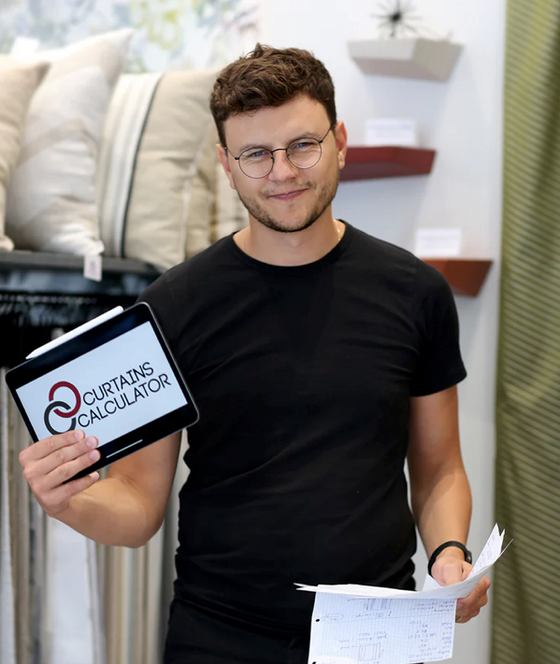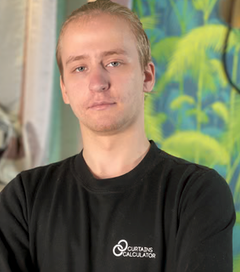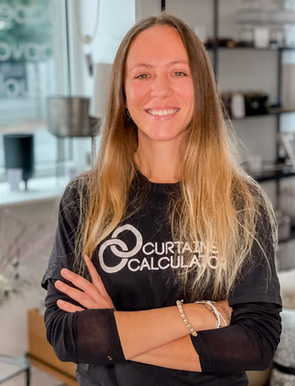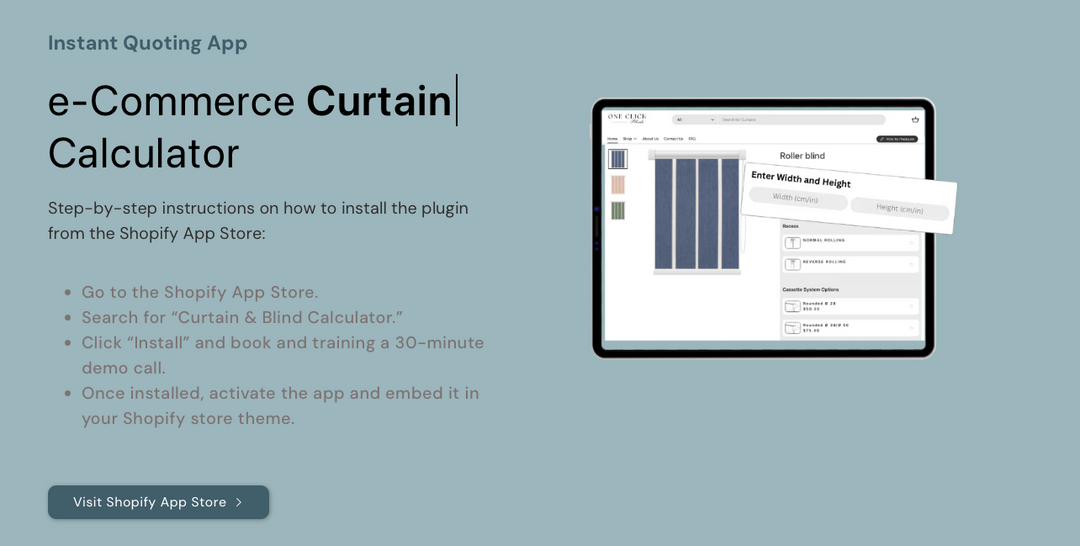How to Make Wave Curtains: A Step-by-Step Guide

Wave curtains are a stylish and practical choice for modern interiors. Their elegant, flowing design adds a touch of sophistication to any room, making them a popular option for home decorators and interior designers alike. In this article, we’ll walk you through the process of making wave curtains, explaining the materials needed and offering tips for ensuring a perfect finish.
|
✏️ Note: In our software InterioApp you can easy quote wave curtains and with a click of a button generate a Workshop for your curtain makers. Curtain makers, decorators and retailers are using our software for curtains, window blinds quoting, project creations and management, invoicing and even product ordering. You no need prior knawladge in the industry, join for a free demo and we will guide you on how to enter the market and earn a better living.  |
Understanding Wave Curtains
Wave curtains create a smooth, continuous wave-like effect when hung. This is achieved through the use of specialised curtain tracks, gliders, and wave curtain tape. Unlike traditional pleated curtains, wave curtains don’t require hooks and rings to create folds, offering a more streamlined and uniform appearance.
✏️ Note: What I meant by saying “wave curtains don’t require hooks and rings to create folds” was that wave curtains achieve their smooth, continuous wave-like appearance with the help of wave curtain tape and gliders, rather than the traditional hooks-and-rings system used in pleated curtains. However, this doesn’t mean hooks aren’t used at all in wave curtains.

Materials Needed
Before you get started, make sure you have all the necessary materials. These include:
Step-by-Step Guide to Making Wave Curtains
1. Calculating Fabric Requirements
To make wave curtains, you need to calculate how much fabric is required, which depends on the fullness of the waves and the width of the window.
🧮 Example Calculation:

For a window that is 100 cm wide, with a fullness ratio of 2.5 and a pattern repeat of 30 cm:
2. Cutting and Preparing the Fabric
Once you have calculated the fabric required, it’s time to prepare it:
3. Attaching the Wave Curtain Tape
The wave effect is created by sewing wave curtain tape to the top edge of the fabric. Here’s how:
4. Installing Gliders and Hooks
5. Hanging the Curtains
Finally, hang the curtains by attaching the hooks to the gliders. Adjust the spacing if necessary to ensure the wave effect is smooth and even.
✏️ Note: If this process sounds too complex, don’t worry! With our InterioApp, you can quote not just a curtain but the entire project in minutes. Our app makes it easy to manage everything from fabric selection to installation, saving you time and effort.
Additional Tips for Perfect Wave Curtains
Conclusion
Wave curtains are a beautiful and modern window treatment option that can enhance any space. By following these steps and ensuring you have the right materials — including gliders, hooks, and wave curtain tape — you can achieve a professional-looking result, whether you’re making curtains for your home or for a client.
If you’re new to curtain making, don’t hesitate to explore tools that can help simplify the process, like InterioApp, which offers features for quoting, order management, and project planning. Happy sewing!












hmm interesting! First impression of the work order which was placed in the beggining of the article was like, somehitng mixed the images and article. But after reading the first part I understood and even keen to grab a free trial of this interioapp software for curtains. Thanks and Great job guys!!
Thanks for the tips. Very helpful.
Thank you for this detailed and easy-to-follow guide on making wave curtains! The step-by-step instructions and visual aids make it so much simpler for beginners like me. I can’t wait to try this technique and give my space a stylish upgrade!
Leave a comment